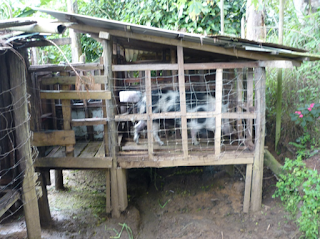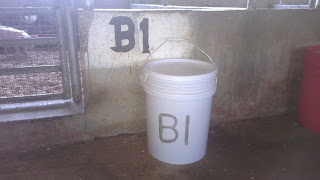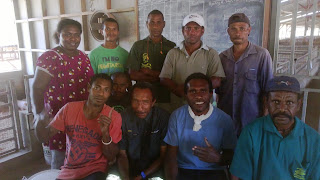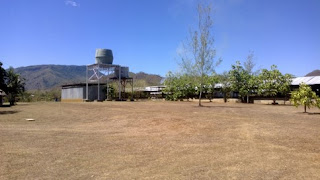10. Making silage at Farm Alstonia
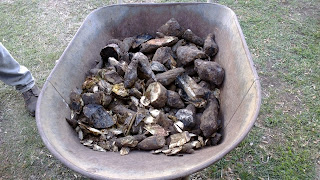
This post looks further at how we made and stored the kau kau and cassava silage during our trials at Farm Alstonia Port Moresby. There was substantial wastage from mould in the Kau Kau we bought in the Gordons' market Our cropping focus was on kau kau (more normally known elsewhere as sweet potato) because that was what villagers grew in highlands. The land at Farm Alstonia, about 24 kilometres from Port Moresby, was not suited to kau kau. We could grow kau kau leaves very well but there were few tubers on the plants. The fall back position was to buy kau kau from the Gordon's market in Port Moresby but when the bags of kau kau arrived on the farm via the Highland traders many of the tubers were half rotten. The staff trimmed them and, so they would fit into the mulcher chute, chopped them further. They shoveled them into the machine and it chopped the tubers into fine chips that looked a bit like wet wood shavings. For the first run of silage we line
